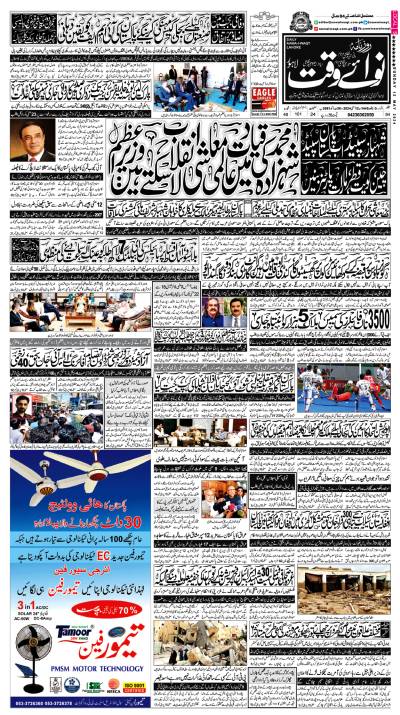Khatmandu: Relief efforts in Nepal are intensifying after nearly 2,000 people were killed on Saturday in the worst earthquake there in more than 80 years.
Rescue missions and aid material have started arriving in the country.
Seventeen people have been killed on Mount Everest by avalanches - the mountain's worst-ever disaster.
Meanwhile a powerful aftershock was felt on Sunday in Nepal, India and Bangladesh, and more avalanches were reported near Everest.
The 6.7-magnitude tremor, centred 60km (40 miles) east of Nepal's capital Kathmandu, sent people running in panic for open ground in the city.
As military helicopters hovered over Kathmandu and ferried relief supplies to victims of the earthquake in western Nepal, search and rescue efforts were going on in at least five locations in Kathmandu.
Near the prime minister's official residence, two bulldozers scoured the rubble of a flattened four-storey house.
A bystander said it was the local tax office. The bodies of the four staff inside had been recovered minutes before.
As the search and road-clearing efforts got under way at noon, a major aftershock sent people into a panic again.
At a nearby open space, people were camped out fearing further tremors. They were short of food and water - clearly hoping and praying that the aftershocks would stop and things would be normal soon.
The death toll from the original earthquake could rise, as the situation is unclear in remote areas which remain cut off or hard to access.
Many mountain roads are cracked or blocked by landslides.
Scores of bodies have been ferried to hospitals in Kathmandu, many of which are struggling to cope with the number of injured.
More than 700 have died in the capital alone.
Tents have been set up in a parade ground in the city centre to house thousands of people displaced by the earthquake.
Medics are expecting a fresh influx of patients on Sunday as supplies run low.
Rescuers in places used their bare hands to dig for survivors still buried underneath piles of rubble and debris overnight on Saturday.
Army officer Santosh Nepal told the Reuters news agency that he and his soldiers had to dig a passage into a collapsed three-storey residential building in Kathmandu using pickaxes because bulldozers could not get through the ancient city's narrow streets.
"We believe there are still people trapped inside," he told Reuters.
The 7.8 magnitude quake struck an area of central Nepal between Kathmandu and the city of Pokhara on Saturday morning.
There were also victims in India, Bangladesh and in the Chinese region of Tibet.
It is the worst earthquake to strike Nepal since one in 1934 which killed some 8,500 people.
Courtesy BBC News






